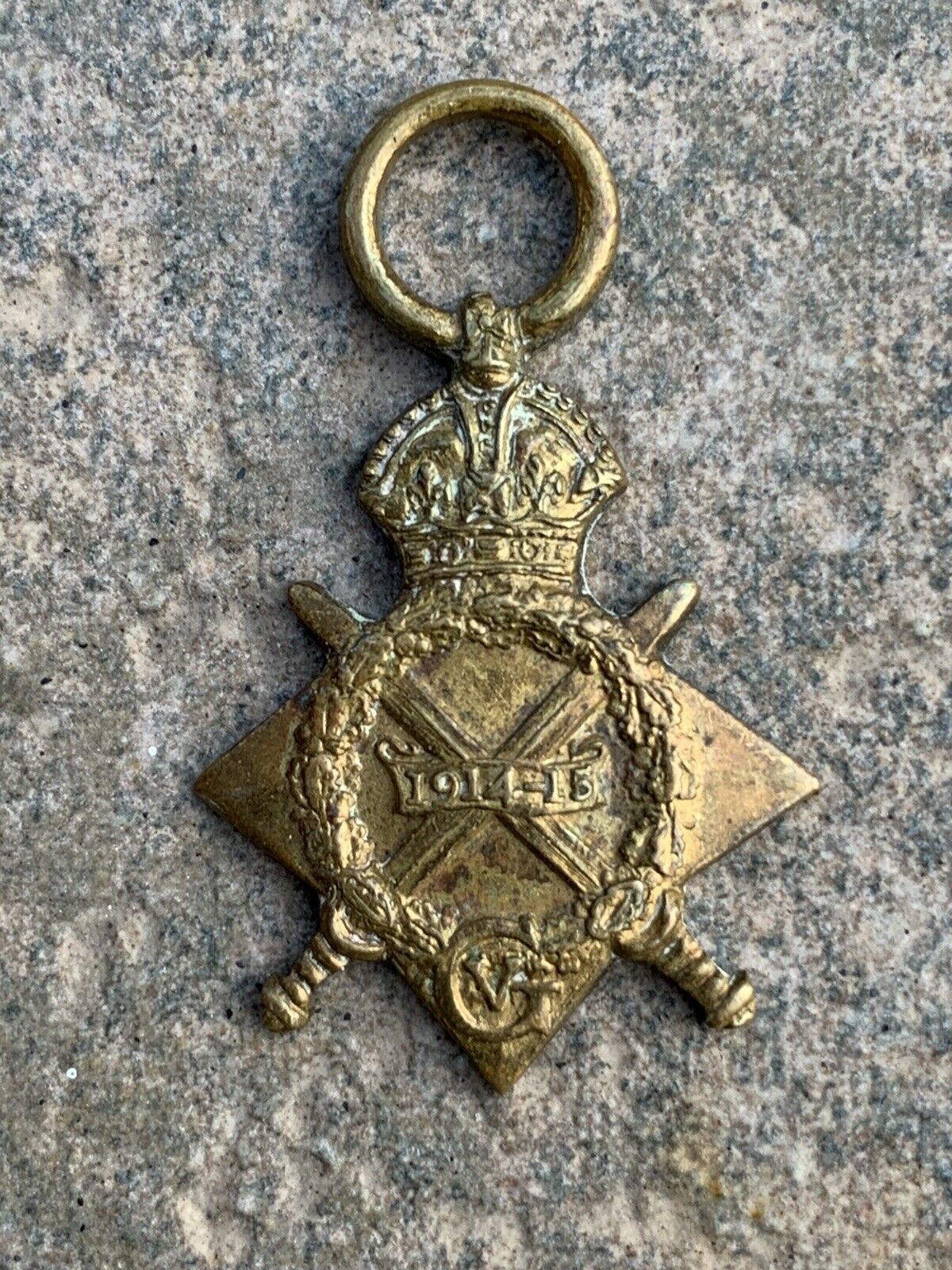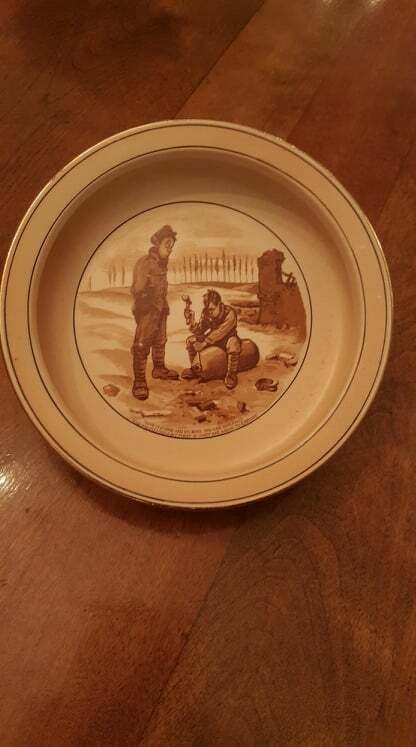-40%
Teak Clipper Ship Bookends Wood from HMS Iron Duke 1916 WWI British Navy Jutland
$ 65.46
- Description
- Size Guide
Description
Teak Clipper Ship BookendsWood from HMS Iron Duke
Circa WWI 1916
British Navy
Appears to have been crafted in the late 1940s (after WWII)
These lovely bookends are in very good condition.
Brass plaque that states "From the Teak of HMS Iron Duke, Admiral Jellicoe's Flag Ship, Jutland 1916"
What a wonderful bit of history for you to enjoy!
They measure 11" H x 5.25" W
The base folds out to provide stability under books
Interesting information about the Iron Duke:
HMS Iron Duke was a dreadnought battleship of the Royal Navy, the lead ship of her class, named in honour of Arthur Wellesley, 1st Duke of Wellington.
She was built by Portsmouth Dockyard, and her keel laid in January 1912. Launched ten months later, she was commissioned into the Home Fleet in March 1914 as the fleet flagship.
She was armed with a main battery of ten 13.5-inch (340 mm) guns and was capable of a top speed of 21.25 knots (39.36 km/h; 24.45 mph).
Iron Duke served as the flagship of the Grand Fleet during the First World War, including at the Battle of Jutland. There, she inflicted significant damage on the German battleship SMS König early in the main fleet action. In January 1917, she was relieved as fleet flagship.
After the war, Iron Duke operated in the Mediterranean as the flagship of the Mediterranean Fleet. She participated in both the Allied intervention in the Russian Civil War in the Black Sea and the Greco-Turkish War. She also assisted in the evacuation of refugees from Smyrna.
In 1926, she was assigned to the Atlantic Fleet, where she served as a training ship. Iron Duke remained on active duty for only a few more years; in 1930, the London Naval Treaty specified that the four Iron Duke-class battleships be scrapped or otherwise demilitarised. Iron Duke was therefore converted into a gunnery training ship; her armour and much of her armament was removed to render her unfit for combat.
She served in this capacity until the outbreak of the Second World War in September 1939, when she was moored in Scapa Flow as a harbour defence ship.
In October, she was badly damaged by German bombers and was run aground to avoid sinking. She continued to serve as an anti-aircraft platform for the duration of the war, and was eventually refloated and broken up for scrap in the late 1940s.














